The NVIDIA GeForce GTX Titan X Review
by Ryan Smith on March 17, 2015 3:00 PM ESTMeet The GeForce GTX Titan X
Now that we’ve had a chance to look at the GM200 GPU at the heart of GTX Titan X, let’s take a look at the card itself.
From a design standpoint NVIDIA put together a very strong card with the original GTX Titan, combining a revised, magnesium-less version of their all-metal shroud with a high performance blower and vapor chamber assembly. The end result was a high performance 250W card that was quieter than some open-air cards, much quieter than a bunch of other blowers, and shiny to look at to boot. This design was further carried forward for the reference GTX 780 series, its stylings copied for the GTX Titan Z, and used with a cheaper cooling apparatus for the reference GTX 980.
For GTX Titan X, NVIDIA has opted to leave well enough alone, having made virtually no changes to the shroud or cooling apparatus. And truth be told it’s hard to fault NVIDIA right now, as this design remains the gold (well, aluminum) standard for a blower. Looks aside, after years of blowers that rattled, or were too loud, or didn’t cool discrete components very well, NVIDIA is sitting on a very solid design that I’m not really sure how anyone would top (but I’d love to see them try).
In any case, our favorite metal shroud is back once again. Composed of a cast aluminum housing and held together using a combination of rivets and screws, it’s as physically solid a shroud as we’ve ever seen. Meanwhile having already done a partial black dye job for GTX Titan Black and GTX 780 Ti – using black lettering a black-tinted polycarbonate window – NVIDIA has more or less completed the dye job by making the metal shroud itself almost completely black. What remains are aluminum accents and the Titan lettering (Titan, not Titan X, curiously enough) being unpainted aluminum as well. The card measures 10.5” long overall, which at this point is NVIDIA’s standard size for high-end GTX cards.
Drilling down we have the card’s primary cooling apparatus, composed of a nickel-tipped wedge-shaped heatsink and ringed radial fan. The heatsink itself is attached to the GPU via a copper vapor chamber, something that has been exclusive to GTX 780/Titan cards and provides the best possible heat transfer between the GPU and heatsink. Meanwhile the rest of the card is covered with a black aluminum baseplate, providing basic heatsink functionality for the VRMs and other components while also protecting them.
Finally at the bottom of the stack we have the card itself, complete with the GM200 GPU, VRAM chips, and various discrete components. Unlike the shroud and cooler, GM200’s PCB isn’t a complete carry-over from GK110, but it is none the less very similar with only a handful of changes made. This means we’re looking at the GPU and VRAM chips towards the front of the card, while the VRMs and other discrete components occupy the back. New specifically to GTX Titan X, NVIDIA has done some minor reworking to improve airflow to the discrete components and reduce temperatures, along with employing molded inductors.
As with GK110, NVIDIA still employs a 6+2 phase VRM design, with 6 phases for the GPU and another 2 for the VRAM. This means that GTX Titan X has a bit of power delivery headroom – NVIDIA allows the power limit to be increased by 10% to 275W – but hardcore overclockers will find that there isn’t an extreme amount of additional headroom to play with. Based on our sample the actual shipping voltage at the max boost clock is fairly low at 1.162v, so in non-TDP constrained scenarios there is some additional headroom through overvolting, up to 1.237v in the case of our sample.
In terms of overall design, the need to house 24 VRAM chips to get 12GB of VRAM means that the GTX Titan X has chips on the front as well as the back. Unlike the GTX 980 then, for this reason NVIDIA is once again back to skipping the backplate, leaving the back side of the card bare just as with the previous GTX Titan cards.
Moving on, in accordance with GTX Titan X’s 250W TDP and the reuse of the GTX Titan cooler, power delivery for the GTX Titan X is identical to its predecessors. This means a 6-pin and an 8-pin power connector at the top of the card, to provide up to 225W, with the final 75W coming from the PCIe slot. Interestingly the board does have another 8-pin PCIe connector position facing the rear of the card, but that goes unused for this specific GM200 card.
Meanwhile display I/O follows the same configuration we saw on GTX 980. This is 1x DL-DVI-I, 3x DisplayPort 1.2, and 1x HDMI 2.0, with a total limit of 4 displays. In the case of GTX Titan the DVI port is somewhat antiquated at this point – the card is generally overpowered for the relatively low maximum resolutions of DL-DVI – but on the other hand the HDMI 2.0 port is actually going to be of some value here since it means GTX Titan X can drive a 4K TV. Meanwhile if you have money to spare and need to drive more than a single 4K display, GTX Titan X also features a pair of SLI connectors for even more power.
In fact 4K will be a repeating theme for GTX Titan X, as this is one of the primary markets/use cases NVIDIA will be going after with the card. With GTX 980 generally good up to 2560x1440, the even more powerful GTX Titan X is best suited for 4K and VR, the two areas where GTX 980 came up short. In the case of 4K even a single GTX Titan X is going to struggle at times – we’re not at 60fps at 4K with a single GPU quite yet – but GTX Titan should be good enough for framerates between 30fps and 60fps at high quality settings. To fill the rest of the gap NVIDIA is also going to be promoting 4Kp60 G-Sync monitors alongside the GTX Titan X, as the 30-60fps range is where G-sync excels. And while G-sync can’t make up for lost frames it can take some of the bite out of sub-60fps framerates, making it a smoother/cleaner experience than it would otherwise be.
Longer term NVIDIA also sees the GTX Titan X as their most potent card for VR headsets., and they made sure that GTX Titan X was on the showfloor for GDC to drive a few of the major VR demos. Certainly VR will take just about whatever rendering power you can throw at it, if only in the name of reducing rendering latency. But overall we’re still very early in the game, especially with commercial VR headsets still being in development.
Finally, speaking of the long term, I wanted to hit upon the subject of the GTX Titan X’s 12GB of VRAM. With most other Maxwell cards already using 4Gb VRAM chips, the inclusion of 12GB of VRAM in NVIDIA’s flagship card was practically a given, especially since it doubles the 6GB of VRAM the original GTX Titan came with. At the same time however I’m curious to see just how long it takes for games to grow into this space. The original GTX Titan was fortunate enough to come out with 6GB right before the current-generation consoles launched, and with them their 8GB memory configurations, leading to a rather sudden jump in VRAM requirements that the GTX Titan was well positioned to handle. Much like 6GB in 2013, 12GB is overkill in 2015, but unlike the original GTX Titan I suspect 12GB will remain overkill for a much longer period of time, especially without a significant technology bump like the consoles to drive up VRAM requirements.


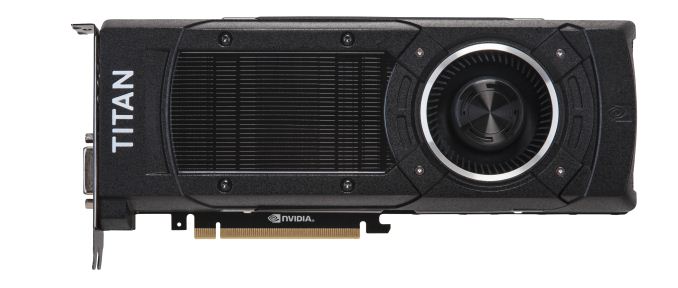
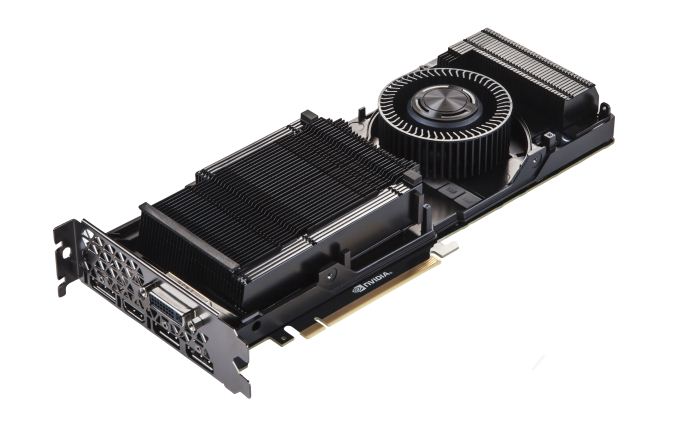
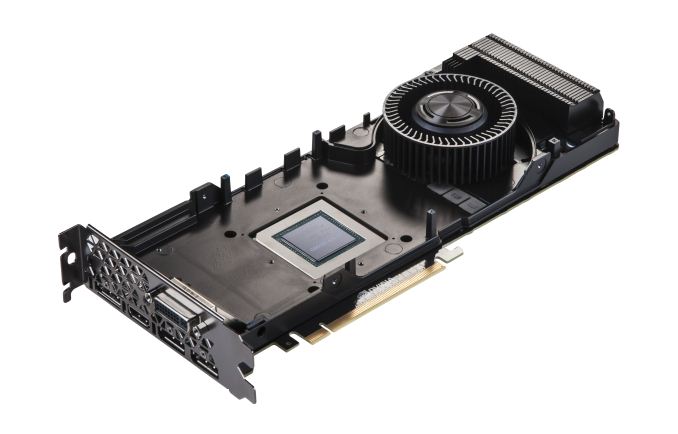
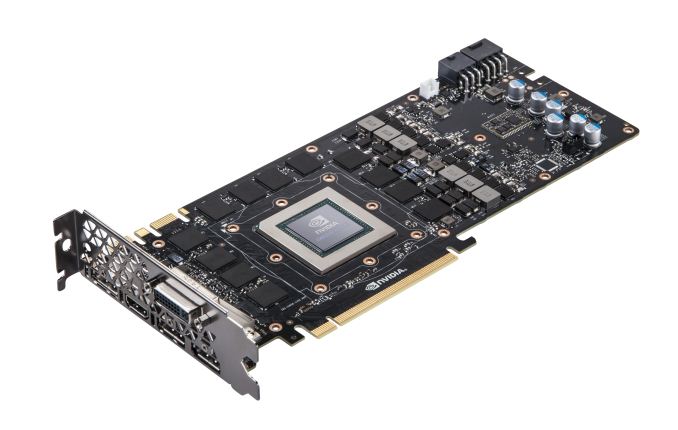
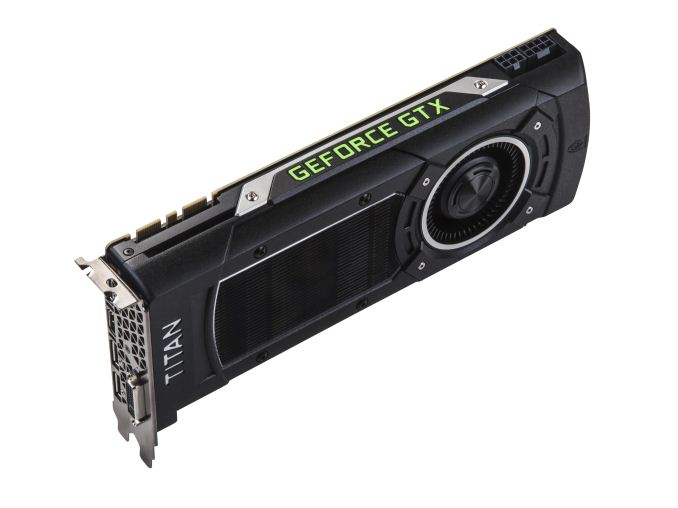
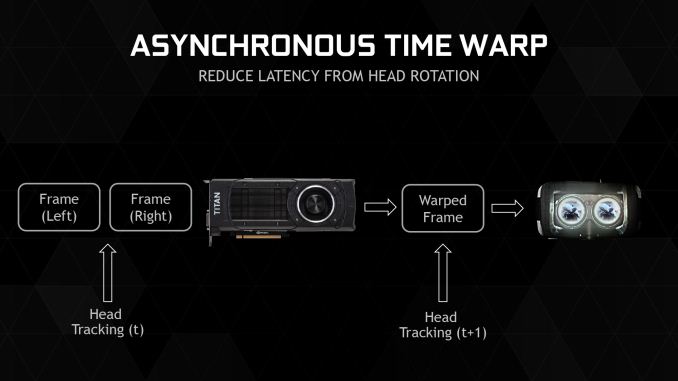








276 Comments
View All Comments
Yojimbo - Wednesday, March 18, 2015 - link
What do you consider winning the generation? An architecture should be faster than one that came out 9 months prior. If AMD doesn't come out with something soon it will seem more like they are skipping the generation than they are winning the generation.testbug00 - Wednesday, March 18, 2015 - link
Er, the only time AMD has been late since 2009 or so has been with Hawaii and this time. 0.o? Maybe I'm missing something. Thanks.nikaldro - Tuesday, March 17, 2015 - link
This card doesn't really make much sense. At 1440p the 980 rocks, at 4K even the titan X struggles. Yes, Gsync can reduce tearing, but those 40fps will still be 40fps. Not nearly as smooth as 60, and 4K monitors tend to have high input lag anyway.mlkmade - Tuesday, March 17, 2015 - link
I think it's kind of biased and unfair to publish only Sony Vegas (for video editing) benchmarks which favor AMD/OpenCL. Aside from being a better programs and more popular in the actual industry, you should also publish Adobe Premiere Pro and After Effect benchmarks, as it uses Cuda (& OpenCL) and favors Nvidia. This would balance out AMD Vegas favorism. Also, having a 3000 cuda cores in Premiere and After Effects is game changing and the gap would be much greater than AMD's in Vegas.smilingcrow - Tuesday, March 17, 2015 - link
They can't compare multiple video editors for hardware that is clearly aimed at game playing.Not sure that rendering to XDCAM EX was a good choice for a consumer card though.
TheJian - Tuesday, March 17, 2015 - link
Why not? AMD works in Sony, and NV works in Adobe. Many home users use these, just as pros do. They should run the same operations in both (clearly anandtech chooses Sony Vegas because it favors AMD and OpenCL), or use ADobe since it's more popular and supports both OpenCL and Cuda. They are showing NV is the worst light possible by using Vegas instead of Adobe with Cuda. There is a reason NV owns 75-80% of the workstation market, and it isn't VEGAS. It's CUDA and the fact that you have to dig to find apps in the pro market that don't use it (like Vegas...LOL).Sushisamurai - Tuesday, March 17, 2015 - link
Adobe would work I suppose, but certainly not after effects - thats a Nvidia supported only feature. A few problems I see is the running subscription for GPU testing (since GPU's aren't released consistently throughout the year) and the lack of Adobe support for the latest video cards.I was helping my friend build a compatible computer for video editing using Adobe 2-3 weeks ago. All of Adobe's white papers etc didn't list the 970 nor 980 as supported by Adobe premier - it's been a while since those have been released, and I'm aware there are "mods" to make the 970/980 compatible but my friend was your average joe, would have been unable to do the mods. As I recognize Adobe is more popular, using Adobe as a comparison wouldn't add much
mlkmade - Thursday, March 19, 2015 - link
Are you serious? The said "mods" are editing a txt file and saving it. I'm pretty sure the average joe can figure that out, especially one that is a video editor and uses a computer reguraly to edit video. Its a really easy process and in 2015, Adobe not updating their support for the latest cards is a moot point.TheJian - Tuesday, March 17, 2015 - link
Agreed, Boggles my mind why they use something that isn't #1. Adobe is, but then that would make AMD look bad so as an AMD portal site...They have to use Sony Vegas and act like Cuda doesn't exist (for which this card is a MONSTER). Since you can do the same operation in both Vegas/Premiere, they should use Vegas for AMD and Adobe for NV. If I were buying either, I'd buy the BEST software for MY hardware. IE sony for AMD and Adobe if I was buying NV. It is silly not to compare them. If that is a problem they should switch to Adobe as it's used more and can still show OpenCL vs. Cuda. Again, better than this Vegas crap for NV which they hate and users complain about problems with this combo. But then that's the point of a AMD Portal site I guess :)Sushisamurai - Tuesday, March 17, 2015 - link
If u wanted to use Adobe in its stock configurations as a benchmark, currently, AT would be able to test the 780 versus the 295X or 290X. I think your results would still be "skewed" (paraphrasing you) to AMD in what you would want AT to do. AT is trying its best as its not easy to do what they do, so please research just a little bit before suggesting "how they failed" and attacking them. The editors are humans.